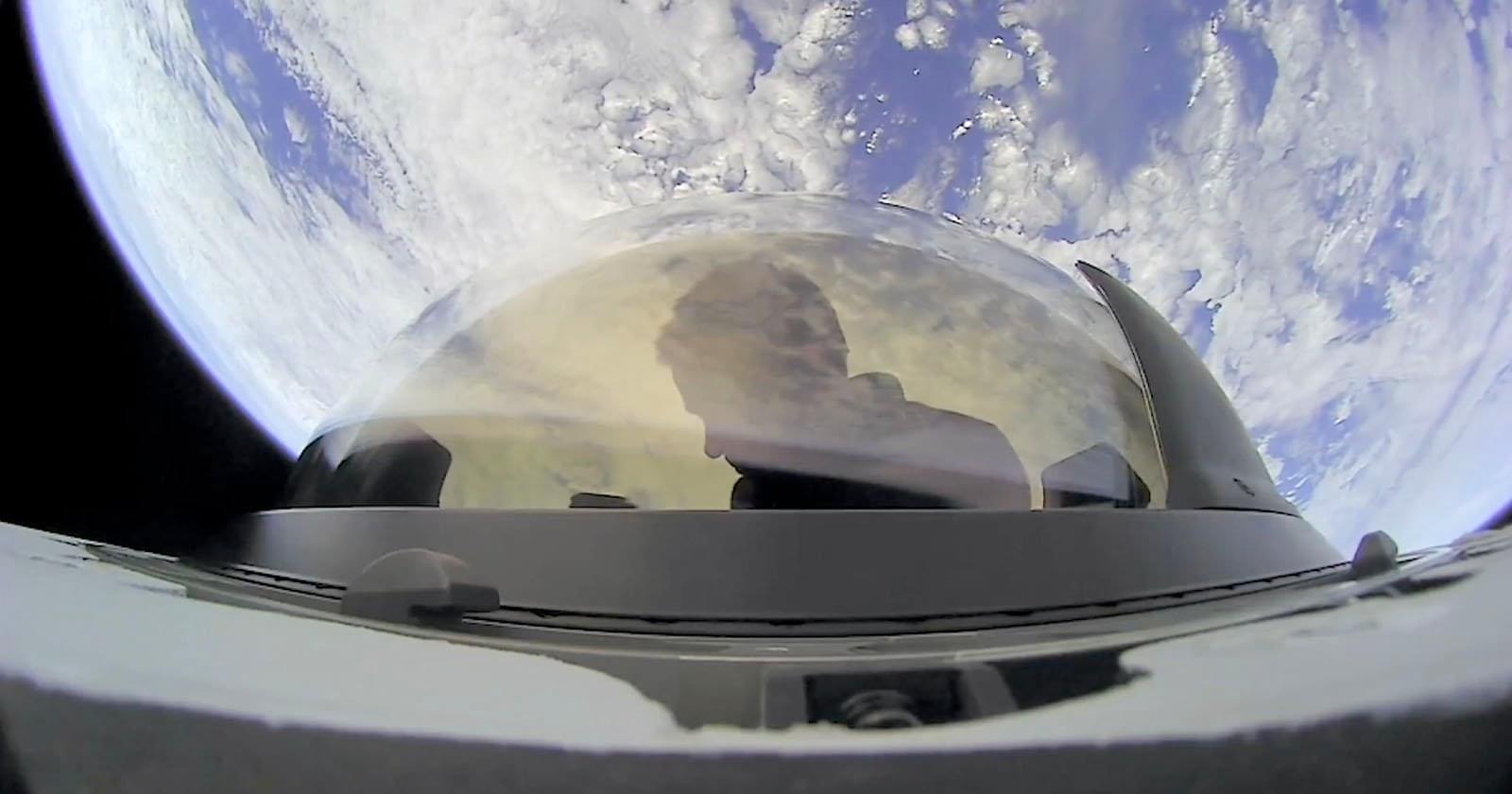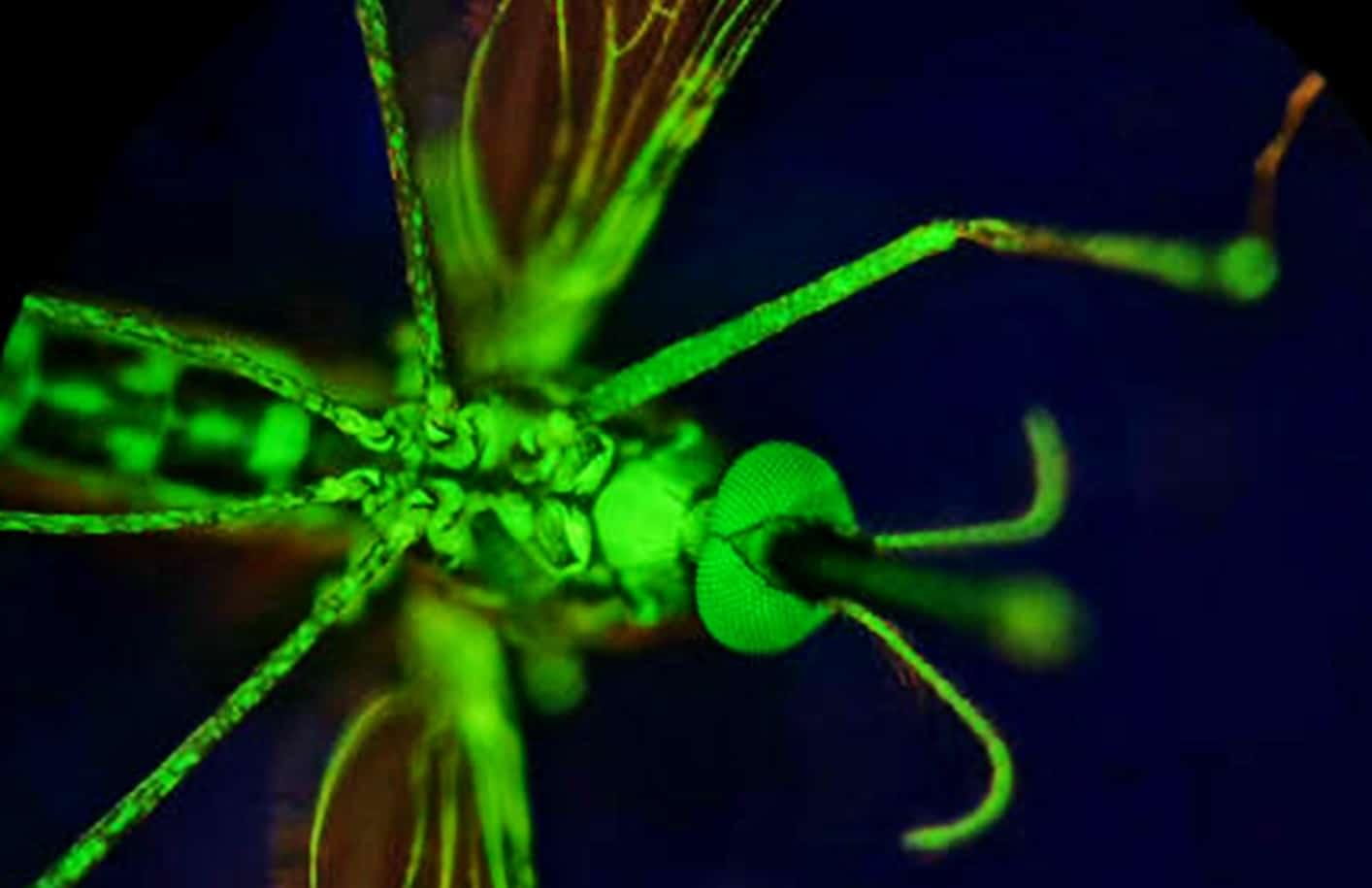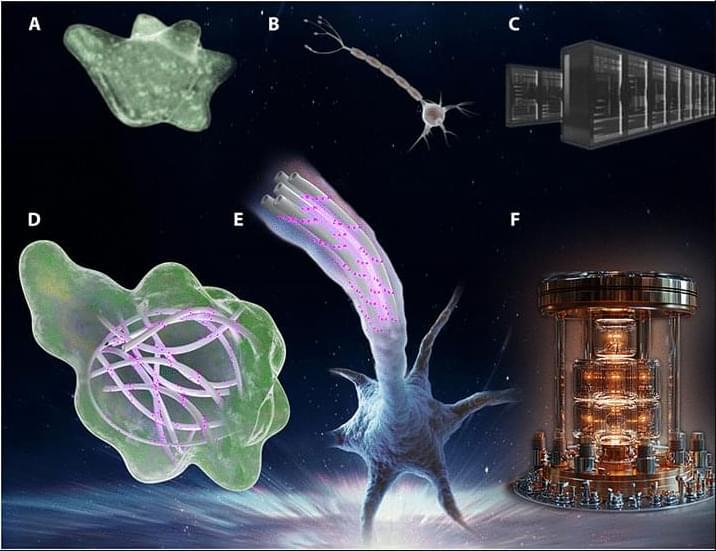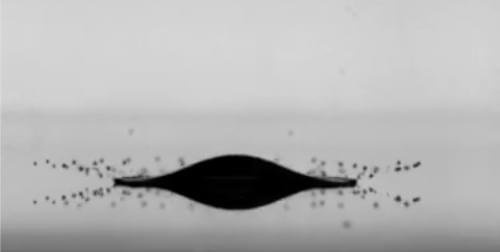Too often, the disconnect between a company’s IT department and its business teams slows progress and leads to missed opportunities. In the fast-moving pharmaceutical industry, that can mean the difference between success and losing out to a rival.
🌍 20 Emerging Technologies That Will Change The World 🚀The future is here! In this video, we explore 20 Emerging Technologies That Will Change The World, r…
A crew of astronauts have become the first-ever people to orbit over Earth’s north and south poles and they have done so with an incredible view thanks to the cupola installed on their spacecraft.
The Fram2 mission launched onboard a SpaceX Crew Dragon Resilience spacecraft that has a cupola module allowing the astronauts a 360-degree view of space and Earth. The glass dome is 2,000 square inches making it the largest single window ever flown to space. The window occupies the same space as the docking port meaning if it rendezvous with the International Space Station then the cupola won’t be equipped.
SpaceX shared a video (below) taken from the space window showing the Arctic polar region as well as the Antarctic polar region.
Commuters in downtown Barcelona have been able to ride the bus for free this week. There’s just one catch: this mini-bus has no one at the wheel.
The bus pulls away from the stop with its passengers on its own, brakes before changing lanes and eases down one of Barcelona’s most fashionable boulevards.
Renault is testing a new driverless mini-bus in Barcelona this week. The autonomous vehicle is running on a 2.2-km (1.3-mile) circular route with four stops in the center of the Spanish city. Adventurous commuters can jump on free of charge.
Make no mistake about it, there is a lot of money being spent on generative AI in 2025.
“…using nitisinone could be a promising new complementary tool for controlling insect-borne diseases like malaria.”
The discovery of life processing with UV-excited qubits supports a conjecture relative to the computing capacity of the universe.
A group of lesser-discussed greenhouse gasses is many times more powerful than CO2. Cracking down on them can provide immediate results.
Observations by the JWST observatory of a star-free super-Jupiter reveal large-scale inhomogeneities in its atmosphere.
The messy breakup of a liquid droplet that occurs when it hits a surface can be suppressed by giving the droplet an electrical charge.
Liquid droplets hit solid surfaces in a range of technological processes, such as spray coating and inkjet printing. Typically, the collision causes the droplet to break up into many tiny fragments, creating a splash. A research team has now shown that electrical charging of droplets can reduce or even entirely suppress the splashing, offering greater control over the impact process [1]. The findings could be useful in the design of more precise and efficient droplet-related technologies.
Electrical charging of droplets is very common both in nature and in technology, for example, in thundercloud electrification. The charging usually results from contact electrification, where friction, or even mere contact, between two surfaces results in electrons or ions passing between them. The effect can be exploited technologically: For example, mechanical engineer Zuankai Wang, now at the Hong Kong Polytechnic University, and his colleagues have previously shown that the charge on falling water droplets can be harnessed for electricity generation [2].









